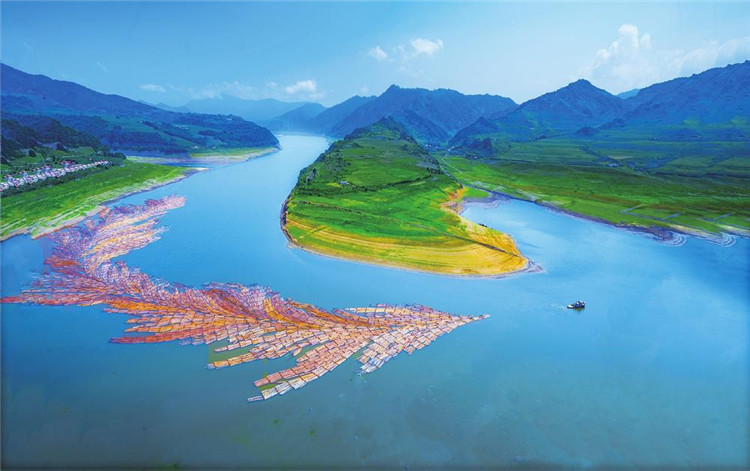
The second ten-year plan of Jilin province for greening land is another grand ecological construction project approved by the Jilin Provincial People's Congress after the successfully completion of the first ten-year plan, which will comprehensively raise the level of urban and rural afforestation and further improve the living environment and natural landscape. In the past eight years since the implementation of the plan, under the leadership of the provincial Party committee and the provincial government, as well as the unremitting efforts from all over the province, the afforestation of the province has developed in depth and width with a number of indicators meeting the planning requirements, achieving remarkable results, creating a new development stage with the largest investment, the largest scale and the best effect and making an important contribution to the sustainable economic and social development of the whole province. There are four main marks:
First, the total amount of afforestation has achieved a historic leap. In the past eight years, a total of 1.224 million hectares of forestation (grass) have been completed, accounting for 240.6 percent of the total planning area. Among them, 914,000 hectares are artificial afforestation, equivalent to the sum of the afforestation area in the previous 20 years. The province has made full use of the national policies of key ecological projects and has built 413,000 hectares of ecological grass, creating a miracle of desertification control.
Second, the quality of forests has continuously improved. Following the concept of forest management, the province has closed 458,000 hectares of hillsides to facilitate afforestation, taken care of 1,221,000 hectares of forests, harvested 50,000 hectares of woods, planted 11.03 hectares of trees and 490 million rare trees and cultivated 221,300 hectares of Korean pine forests. The forest structure has optimized, the forest quality has greatly improved, and the output function and ecology function of forests have significantly enhanced.
Third, the urban and rural living environment has greatly improved. The new-added urban green space has increased by 36.238 million square meters, and the per capita green space area of nine prefecture-level cities has increased from the original 6.0 square meters to 8.45 square meters. The new-added county green space has increased by 21.5 million square meters, and the per capita green space has increased from 6.3 square meters to 7.2 square meters. With the improvement of greening standards and grade, a large number of high-quality forestation projects have emerged in squares, streets, parks and residential areas. Changchun city, Jilin city, Dunhua city and Tonghua county have successively won the honorary titles of "National Greening Model City" and "National Greening Model County". Taking the construction of new countryside socialism as the goal, rural areas have actively carried out tree planting and road greening, afforesting 6,308 villages and 8,745.5 km of roads. The development of urban and rural afforestation greatly improves the living environment and the quality of people's life and establishes a good social image, playing an irreplaceable role in promoting economic development and socialist spiritual civilization.
Fourth, the role of forestry in protecting ecological security, especially agricultural production, has strengthened. In the central and western regions of the province, 158,000 mu of farmland shelterbelts have been newly planted and renovated, generating 1.06 billion yuan in income for farmers and protecting 2.963 million mu of farmland. With the construction of ecological grass, vegetation has been restored in a large area of desertification land in the west, and the grass yield and livestock carrying capacity have increased. In Horqin desert area, 615,000 mu of new windbreak and sand-fixation forest has been planted, 79,000 mu of damaged forest has been renovated, and 1.5 million mu of middle and high-yield farmland has been restored and constructed. In the eastern region, 1.444 million mu of sloping farmland has been converted into forest to reduce the area of soil erosion.